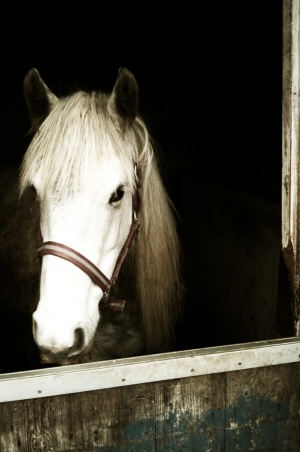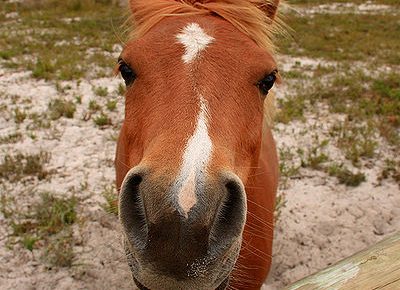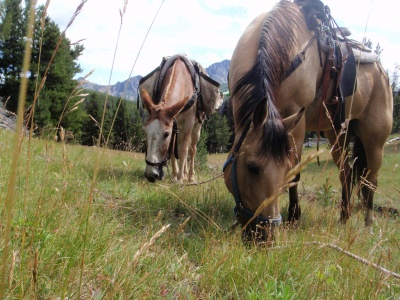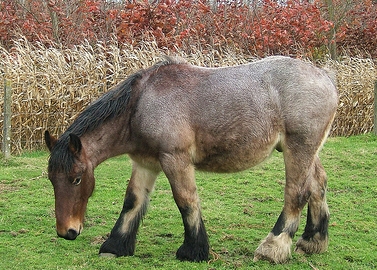
Your horse’s coat can be compared to a book with many stories. The state of your horse’s hair can tell you of existing problems.
Hair grows from skin follicles. Each strand is made up of the medula (center), cortex (middle) and cuticle (outer layer).
Horses have 3 types of hair on their bodies. The hair of the mane, tail, eyelashes, forelock and leg feathers is permanent. The horse’s body hair sheds. The tactile hair is found on the muzzle and in the ears.
Horse hair serves a number of purposes. It regulates body temperature. It serves as protection against sun, wind, rain, snow. Hair protects somewhat against insects. It produces chemicals called pheremones that can have an impact on the behavior of other horses. It also insulates blood vessels in the neck.
The 3 stages hair goes through are anagen, the active growing period; catagen, the inbetween stage and telogen when the hair rests before shedding.
Horses with Cushing’s Disease either have delayed or no shedding or a long, shaggy, curly coat. Your vet should be notified if your horse shows any abnormal hair patterns. Some horse breeds normally have different types of coats such as curly, leg feathering and jaw hair, shiny and striping.
Hair loss can be caused by different types of infections. Equine alopecia areata is a very rare disease caused by inflammation around the hair follicle resulting in bald spots.
Insect bites, worms, allergies, a compromised immune system, all can cause dull hair and skin can become itchy, crusted, ulcerated.
As you groom your horse, check for any irregularities in hair and skin. Call your vet if you see anything that appears abnormal.
Good nutrition and care can help avoid any problems.



